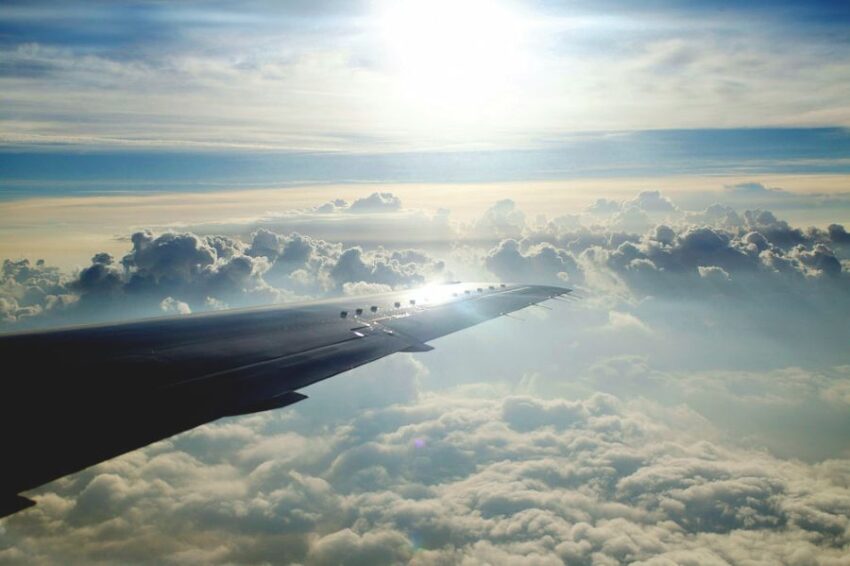Published on
October 8, 2025
By: Paramita Sarkar

In a shocking turn of events, a KLM flight KL601 traveling from Amsterdam to Los Angeles was forced to make an emergency landing in Yellowknife, Canada, after a 34-year-old passenger fell unresponsive. The Boeing 787 Dreamliner, operating flight KL601, was cruising at 37,000 feet when the distress call came in. Despite rapid medical intervention by both crew and emergency teams on the ground, the passenger could not be revived.
The flight, which typically operates a transatlantic route of about 11 hours, was diverted to Yellowknife’s airport early Sunday morning. The crew’s decision to land in Yellowknife, a remote hub in Canada’s Northwest Territories, highlights the gravity of the situation. The airport was immediately prepared to handle the emergency, and paramedics rushed to meet the aircraft as it touched down. The unresponsive passenger was quickly transferred to Stanton Territorial Hospital, but despite all efforts to revive her, she was pronounced dead shortly after arrival.
Shocking Details Behind KL601’s Emergency Diversion to Yellowknife
The dramatic event unfolded as the flight neared its destination. As soon as the medical emergency was identified, KLM’s crew initiated emergency procedures, including using onboard medical equipment to attempt life-saving measures mid-flight. Yet, the closest available emergency facility with the capacity to handle such a situation was in Yellowknife.
Yellowknife Airport, although remote, serves as a vital transportation and emergency hub for northern Canada, making it the most suitable option for the quick landing. The decision to land was a race against time, and the passenger’s chances of survival rested heavily on how quickly she could receive proper medical treatment.
The Rapid Response of the KLM Crew
The crew of KLM Flight KL601 acted quickly to respond to the medical emergency once it became apparent that the passenger required urgent care. In-flight medical emergencies are always a challenge for airlines, and KLM’s team utilized onboard medical equipment and their training to try to stabilize the passenger. Despite their best efforts, the situation grew more critical, prompting the decision to land at the closest airport that could provide medical assistance.
Medical diversions are relatively rare but necessary events in aviation, especially when they involve serious in-flight emergencies. The crew’s swift decision to divert to Yellowknife highlights the importance of having trained professionals on board who are equipped to handle life-threatening situations.
Why Yellowknife? The Airport That Saved Lives in the Nick of Time
For those unfamiliar with the Northwest Territories, Yellowknife might seem like an unlikely stop on an international flight. However, the city’s airport is well-equipped to handle such emergencies, with direct access to Stanton Territorial Hospital, the regional healthcare center. Emergency landings like this are rare but not unheard of, and Yellowknife has handled similar situations with remarkable speed.
KL601: The Flight That Changed Its Course, And the Life It Couldn’t Save
KLM Flight KL601’s diversion added hours to the journey for its passengers, but in the world of aviation, safety and quick medical care are always the priority. For the rest of the passengers, the diversion meant a delay, as the aircraft was held on the ground until the emergency was handled. KLM’s efficient response and cooperation with Canadian medical personnel showed the importance of having a well-coordinated emergency response system in place for international flights.
While the incident was a tragedy for those involved, it also underscores the critical importance of emergency protocols in aviation and healthcare. Medical diversions, though unsettling, can make the difference between life and death. The crew’s quick actions in identifying the medical emergency and acting swiftly to land at the nearest suitable airport gave the passenger the best possible chance, even though it was ultimately too late.







